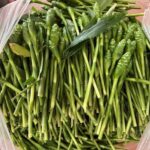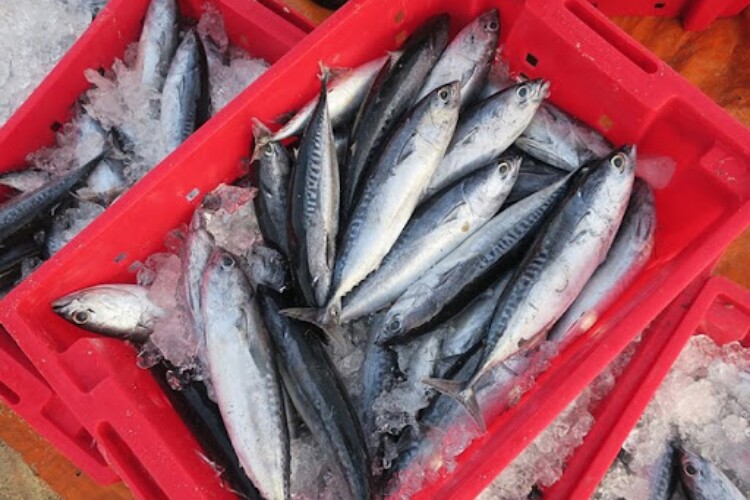
The name “cá ồ” may sound quirky, but it holds a delightful story. Locals affectionately call it the “surprise fish” because, after preparation, its mouth often gapes open as if exclaiming “oh!” in astonishment. This playful explanation makes the name even more endearing and relatable.
According to Phú Yên fishermen, cá ồ, scientifically known as Auxis rochei, belongs to the tuna family. It has a round body, smooth skin, a silvery-blue back, and a pristine white belly. This species thrives at depths of around 50 meters and is available year-round, making it easy to catch. Consequently, its affordability—approximately 80,000 VND per kilogram—has made it a staple in many households.
Despite its modest size of 40–50 cm and slender build, cá ồ boasts firm, chewy, and sweet flesh, unlike many other seafood varieties. For the people of Xứ Nẫu, it’s a nostalgic dish, evoking cherished childhood memories.
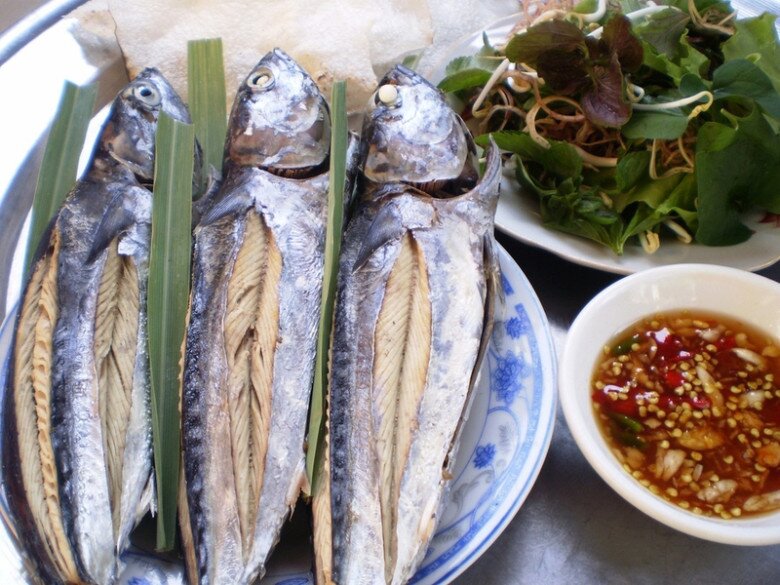
Cá ồ is incredibly versatile, lending itself to grilling, steaming, frying, or even making into fish sauce. Each preparation method highlights the creativity and skill of the coastal communities.
Banana leaf-wrapped grilled cá ồ is a beloved dish. Fresh fish is cleaned, marinated with minced garlic, chili, pepper, and coarse salt for a few hours, then wrapped in banana leaves and grilled over charcoal. As the leaves char slightly, the aroma intensifies, and the fish inside becomes tender yet firm, infused with a spicy kick. It’s typically served with lettuce, herbs, grated coconut, sliced raw papaya, and cá ồ fish sauce—a unique condiment exclusive to Phú Yên.

Steamed cá ồ is another simple yet exquisite preparation that preserves the fish’s natural sweetness. The fish is scored, marinated with shallots, salt, and bruised lemongrass, then steamed. The steam, infused with lemongrass and chili, gently cooks the fish, creating a visually stunning dish with its white flesh and pinkish veins. It’s often enjoyed with rice paper, fresh herbs, and a dipping sauce of garlic and chili, offering a burst of flavors that lingers on the palate.
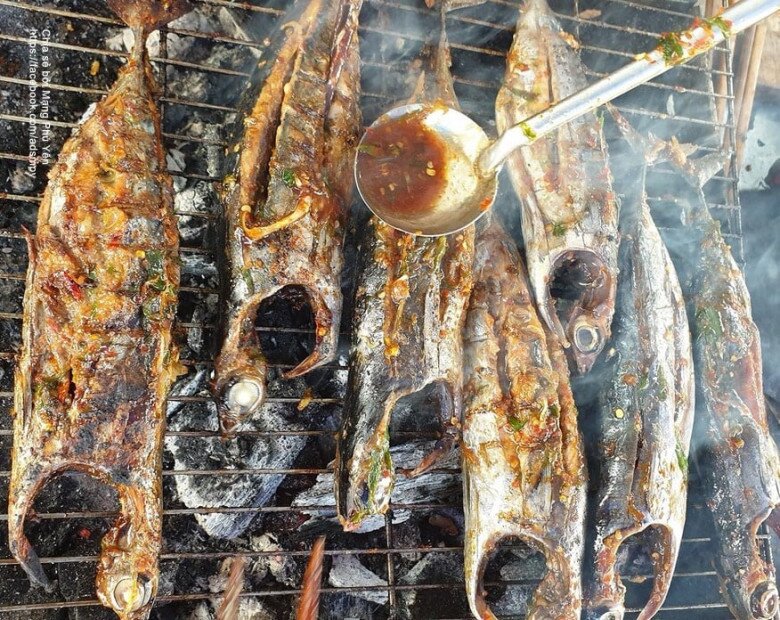
To truly experience cá ồ, one must try its fish sauce, a culinary gem of Phú Yên. Made from the fish’s intestines, this sauce is a labor of love, requiring meticulous cleaning and a precise salt-to-fish ratio. After fermenting for 15 days, the mixture darkens and thickens, developing a rich, umami flavor. Aged for 2–3 months, it becomes a staple condiment, perfect for grilled fish, boiled meat, or even plain rice.
Initially, its strong aroma might be off-putting, but one taste reveals a harmonious blend of saltiness and richness, earning an exclamatory “Oh!”—true to the fish’s name. For the people of Xứ Nẫu, this sauce is a taste of home, evoking nostalgia for those far away.
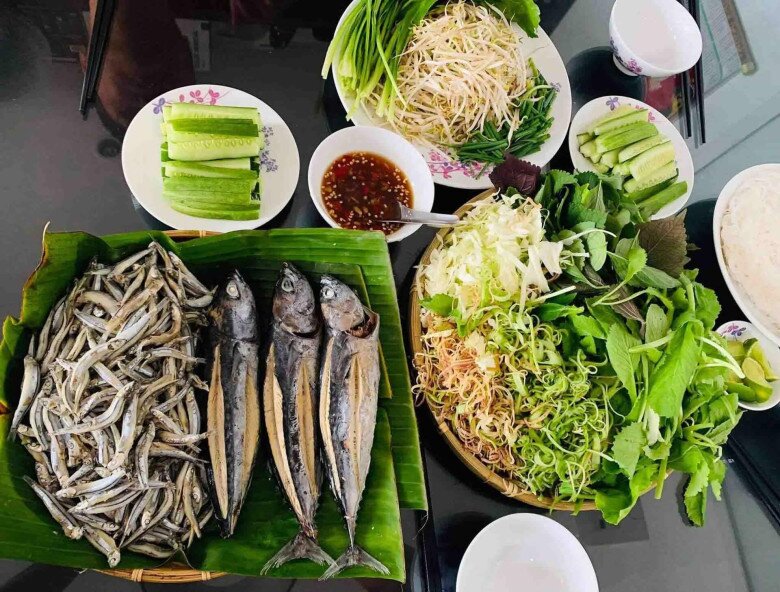
Locals advise tasting a small piece near the tail to avoid any discomfort, a tip passed down through generations. Due to its small bones, it’s best to debone carefully when serving to children.
Available year-round, cá ồ remains fresh and is a common sight in Tuy Hòa markets and seaside eateries, from casual stalls to upscale seafood restaurants. Its affordability, distinct flavor, and simplicity make it a favorite among locals and visitors alike.
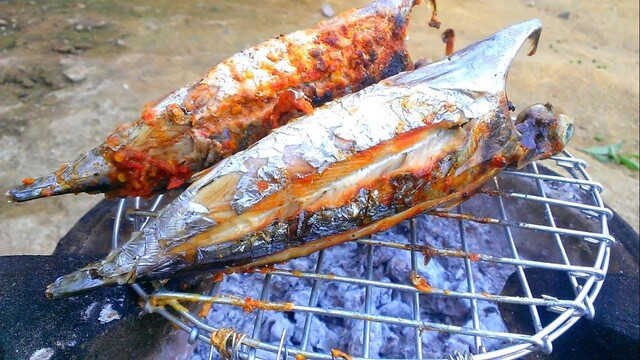
Unpretentious and rustic, cá ồ embodies the simplicity and warmth of Phú Yên’s people. From the ocean’s depths to the skilled hands of locals, it transforms into a dish that captures the essence of the sea and the spirit of Xứ Nẫu.
As they say, “To visit Phú Yên without trying cá ồ is to miss the soul of its coastal charm.” This humble dish encapsulates the salty breeze, the sweetness of the sea, and the warmth of its people—a true taste of Central Vietnam’s essence.




























